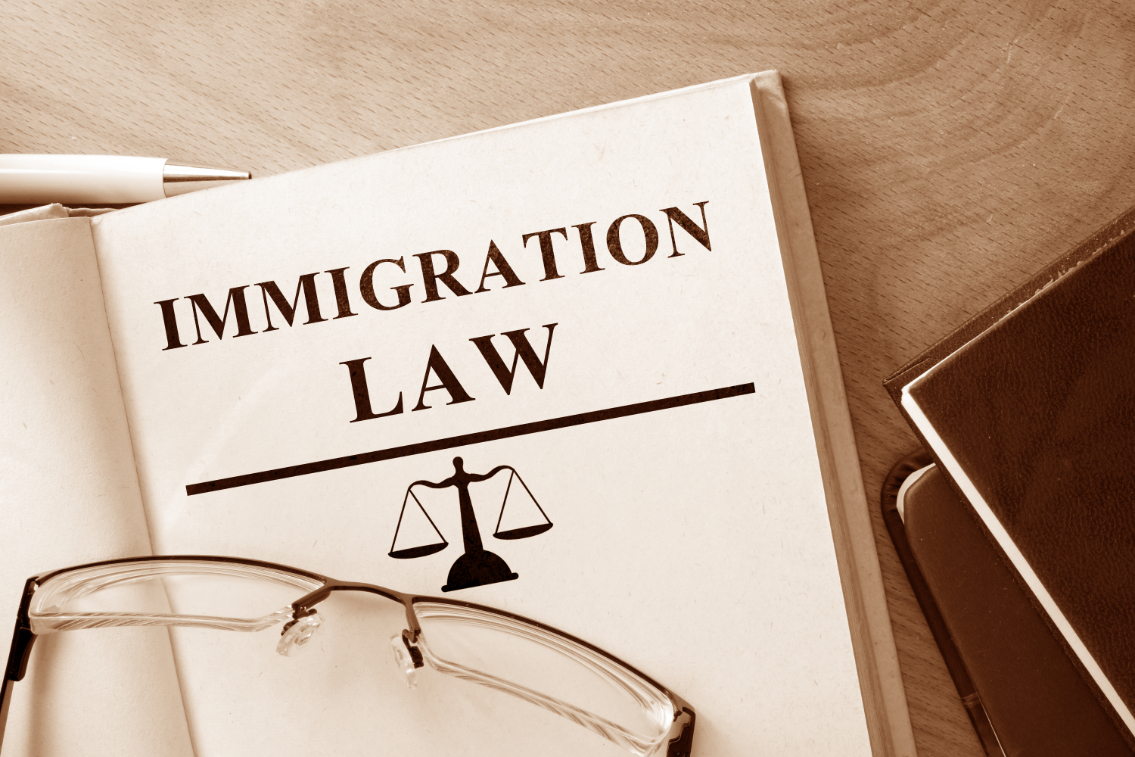
Understanding Family-Based Immigration: The Power of Connection
In the grand tapestry of American immigration, family ties weave a story of hope, resilience, and unity. Family-based immigration remains one of the most crucial pathways for individuals seeking to build their lives in the United States. This process is not merely a bureaucratic procedure; it represents the very essence of what it means to belong. It is a journey that transcends borders, bridging the gap between loved ones and allowing them to share the joys and challenges of life together.
Family-based immigration allows U.S. citizens and lawful permanent residents to sponsor their relatives to come and live in the United States. This sponsorship is more than just paperwork; it embodies the dreams of families reuniting, nurturing, and thriving in a new land. The U.S. immigration system recognizes the importance of these connections through its various family-based visa categories, paving the way for numerous families to embark on their American journey.
The Categories of Family-Based Visas: A Closer Look
The U.S. Citizenship and Immigration Services (USCIS) offers several categories of family-based visas, each designed to facilitate the immigration of family members. Understanding these categories is essential for anyone considering this pathway.
Immediate Relative Visas
Immediate relatives of U.S. citizens have a unique advantage in the immigration process. This category is not subject to annual caps, which means there are no waiting periods to apply. Immediate relatives include:
1. Spouses of U.S. citizens
2. Unmarried children under the age of 21
3. Parents of U.S. citizens aged 21 and older
These visas allow families to unite quickly, fostering the bonds that make a house a home.
Family Preference Visas
For other family members, the family preference category comes into play. This category is subject to annual limits, leading to longer waiting times. The family preference categories include:
1. First Preference (F1): Unmarried sons and daughters of U.S. citizens
2. Second Preference (F2A): Spouses and children of lawful permanent residents
3. Second Preference (F2B): Unmarried sons and daughters of lawful permanent residents
4. Third Preference (F3): Married sons and daughters of U.S. citizens
5. Fourth Preference (F4): Brothers and sisters of U.S. citizens
These categories reflect the diverse family structures in America, ensuring that everyone has a chance to reunite with their loved ones.
The Journey of Adjustment of Status: From Temporary to Permanent
Once a family member arrives in the U.S. on a family-based visa, the next step may involve adjustment of status (AOS). This process allows eligible individuals to apply for lawful permanent residency (a green card) without having to leave the country. The adjustment of status process is a critical phase in the immigration journey, offering a pathway to permanence and stability.
The AOS process begins with the filing of Form I-485, Application to Register Permanent Residence or Adjust Status. This form requires applicants to provide extensive documentation, including proof of their family relationship, financial stability, and adherence to U.S. immigration laws. The emotional weight of this application cannot be understated, as it represents the culmination of hopes and dreams for many families.
Upon submission, applicants will undergo biometrics appointments, interviews, and background checks. The emotional rollercoaster of this process can be daunting, but the potential reward—a green card—makes it all worthwhile.
Consular Processing: A Journey Across Borders
For families outside the United States, consular processing is a crucial step in the family-based immigration process. This method involves applying for an immigrant visa at a U.S. consulate or embassy in the applicant’s home country. It is an alternative to adjustment of status and is often necessary for those who are not in the U.S. at the time of application.
The consular processing journey begins with the approval of the family petition, followed by the submission of the immigrant visa application (Form DS-260). This process requires the applicant to gather various documents, including birth certificates, marriage licenses, and police clearance certificates. The emotional weight of this process can be profound, as families await their chance to reunite across oceans.
After submitting the application, applicants will attend an interview at the consulate. This interview is a pivotal moment, as it can determine whether the dream of reuniting with family will become a reality.
Humanitarian Relief: A Compassionate Approach to Family Immigration
In certain circumstances, family members may seek humanitarian relief to remain in the U.S. This avenue is for individuals facing persecution, violence, or other life-threatening situations in their home countries. Programs like asylum, Temporary Protected Status (TPS), and Special Immigrant Juvenile Status (SIJS) offer a glimmer of hope for those who need it most.
Asylum seekers must demonstrate a well-founded fear of persecution based on race, religion, nationality, political opinion, or membership in a particular social group. This process is often long and arduous, requiring extensive documentation and legal representation.
Temporary Protected Status grants individuals from designated countries the ability to live and work in the U.S. during times of crisis, offering immediate relief to those in danger.
Special Immigrant Juvenile Status is designed for undocumented minors who have been abused, abandoned, or neglected, providing them with a pathway to permanent residency. Each of these humanitarian relief options reflects the compassion and empathy that the U.S. immigration system strives to uphold.
Employment-Based Immigration: A Complementary Pathway
While family-based immigration focuses on uniting loved ones, employment-based immigration also plays a significant role in the American immigration landscape. Many individuals seek to come to the U.S. for work opportunities, bringing their skills and talents to contribute to the economy.
Employment visas are categorized into several preference categories, including:
1. EB-1: Priority Workers (extraordinary ability, outstanding professors, multinational executives)
2. EB-2: Professionals with Advanced Degrees or Exceptional Ability
3. EB-3: Skilled Workers, Professionals, and Other Workers
4. EB-4: Certain Special Immigrants
5. EB-5: Immigrant Investors
These categories highlight the diverse talent pool that enriches the fabric of American society. Employment-based immigration can complement family-based immigration, allowing families to thrive economically while pursuing their dreams.
Conclusion: The Ties That Bind Us
The journey of family-based immigration is a testament to the strength of human connections. It reflects the dreams of countless individuals who seek to build a life in the United States, united with their loved ones. Understanding the various pathways available is essential for those embarking on this journey. Whether through immediate relative visas, family preference categories, adjustment of status, consular processing, or humanitarian relief, each step is a building block toward achieving the American dream.
If you or a loved one have questions about family-based immigration, adjustment of status, or any other immigration matters, don’t hesitate to reach out to the Law Offices of Timothy D. Widman. Our experienced Cupertino immigration law firm is here to guide you through the complexities of immigration law and help you navigate your path to a brighter future.
Contact us today to learn more about how we can assist you in your immigration journey.

